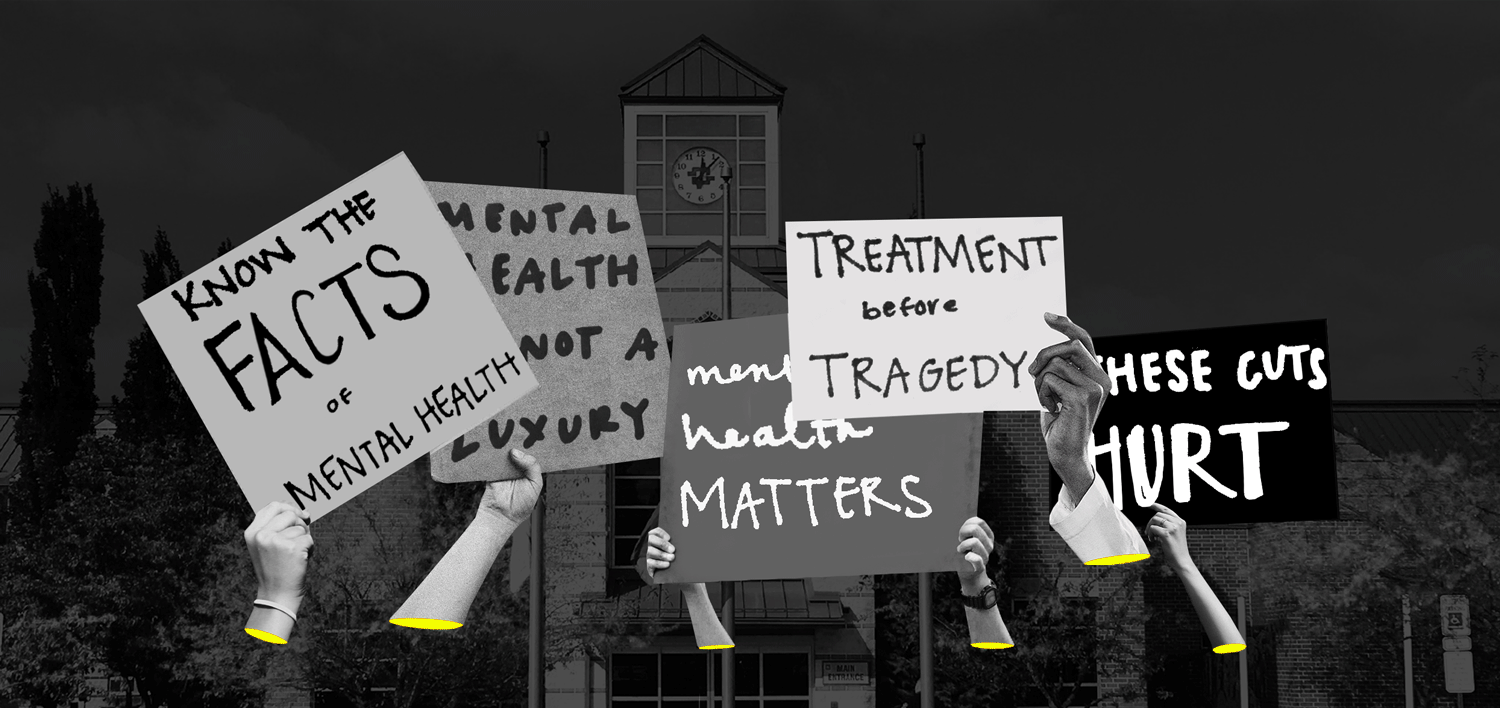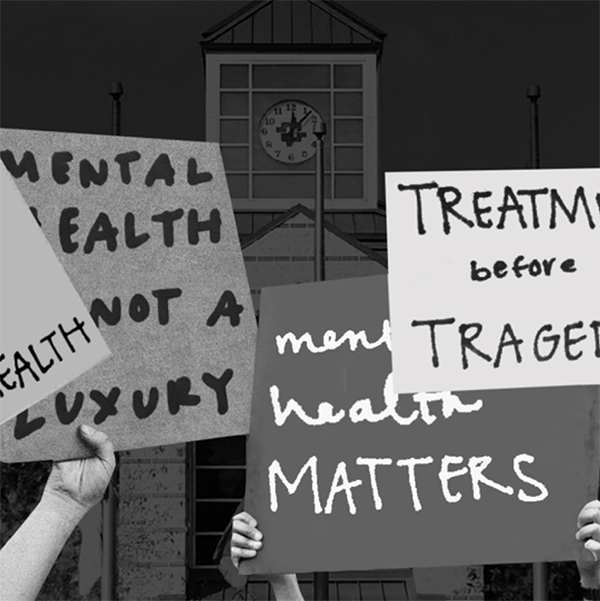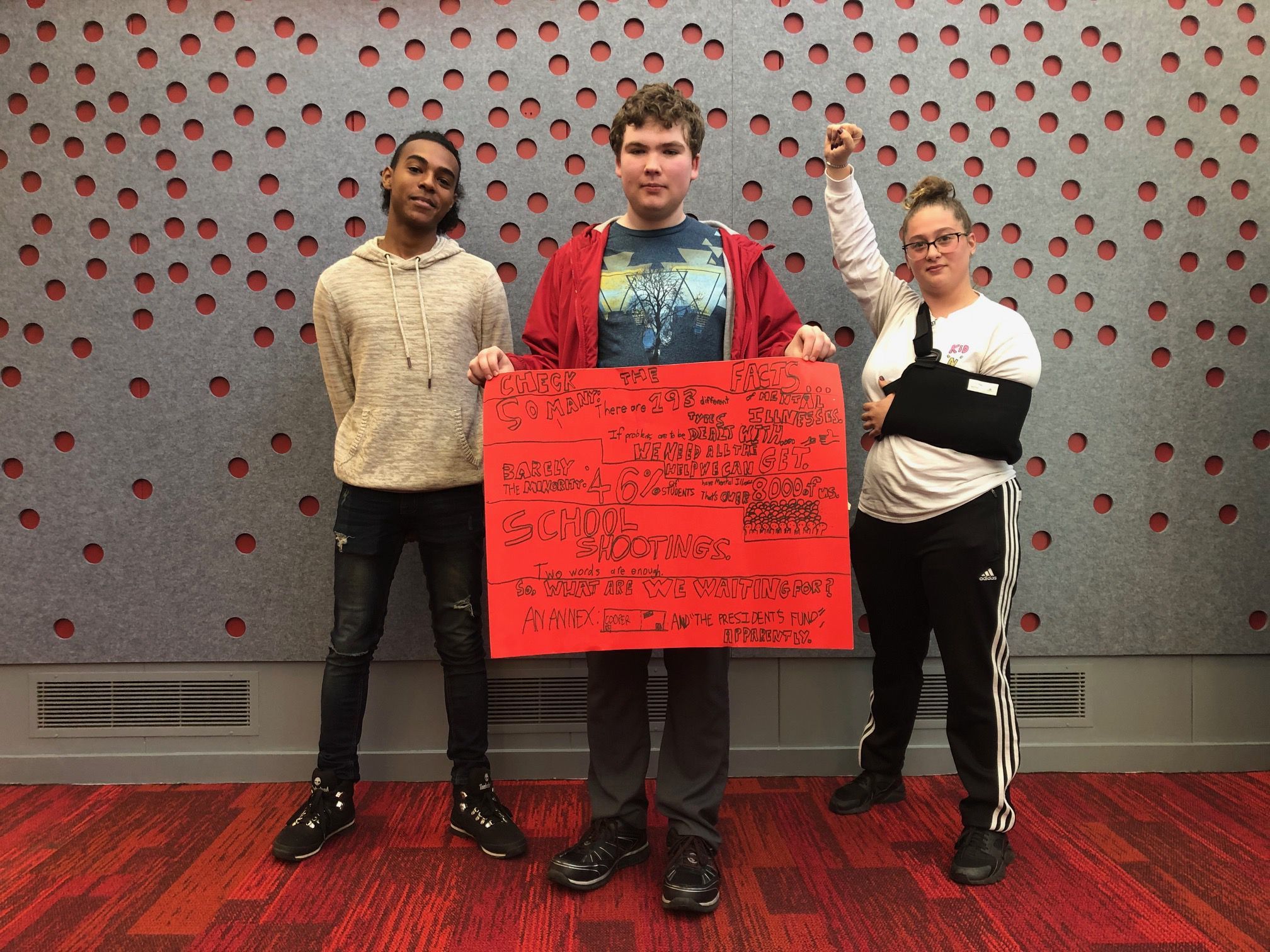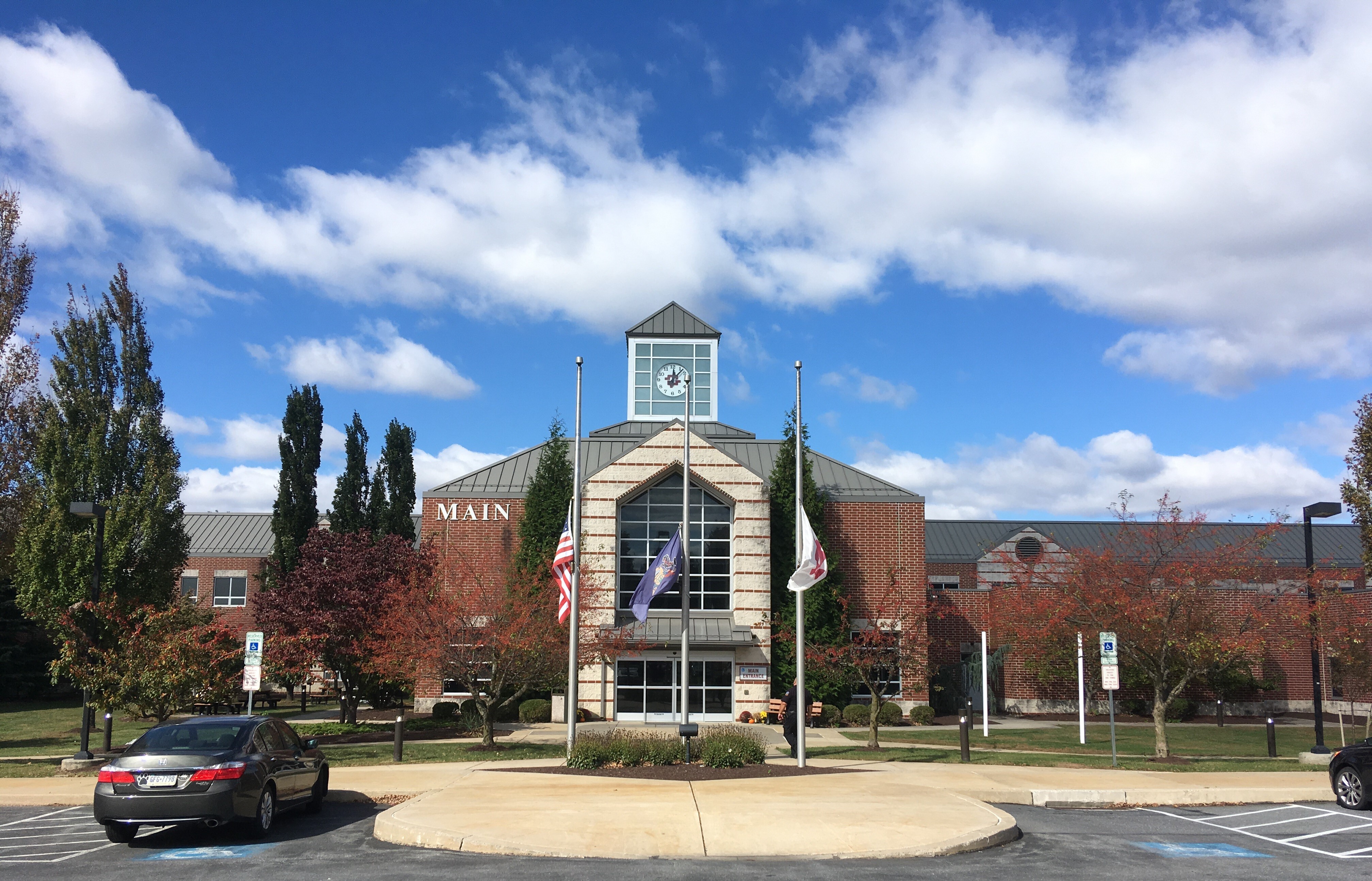The HACC decision, though, does demonstrate the depth and the seriousness of the issue. It also highlights the dramatic range of approaches to mental-health counseling at community colleges around the country. In California, Gov. Gavin Newsom last year pledged to add $5.3 million to the state budget to support mental-health services run by the state’s community college system About $1.5 million of that $5.3 million would go to miscellaneous initiatives such as food banks.
But not every state is like California, Mitra says. His school, Kingsborough, which is a part of the City University of New York system, prioritizes mental-health services thanks to a vocal student body who expressed a need to provide counseling. “CUNY students said mental health is something they need more resources at, but what about other institutions?” Mitra says. “I’ve seen where it may just be one person” employed at a counseling center.
Some community college programs have systems in place through which students have access to on-campus counselors, but can be referred to off-campus providers. Other community colleges, like in Virginia, are required to send students off campus.
“VCCS colleges shall maintain a staff of academic counselors and/or advisors to assist students in making decisions regarding career, educational, and personal/social plans. VCCS colleges do not provide mental-health services. However, qualified staff may provide initial assessments and referrals to appropriate mental-health services when necessary,” reads the Virginia Community College Policies, which was recently cited in a change.org petition launched by a Northern Virginia Community College student taking aim at the state’s General Assembly, hoping to enact reform.
As Mitra points out, not every system can mirror CUNY’s priority in mental health. The level of support for counseling depends campus to campus, network to network, especially in less-populated portions of the U.S., Mitra says. Duke-Benfield, of the National Skills Coalition, says Virginia has a unique system for community colleges that can be difficult to navigate for some students, as the state requires that students visit providers off-campus. “That’s rough,” Duke-Benfield says, “when you think about our community mental-health system, if there is even a community mental-health system? … That system tends to be pretty overloaded.”
The decision presented for college administrations is whether officials think they should, or can, address acute student mental-health needs on campus, or if they want to shuffle students off to community providers where there might be a two-month wait to see a counselor, she says. “We’re in an unfortunate economic and fiscal environment,” Duke-Benfield says. “There’s valid criticism of policies like Virginia’s. ... It is pretty unrealistic that, unless you’re in a community with a really rich mental-health system, students are going to be as readily served as they might’ve been if the services were on campus.” Beyond that, it’s difficult to navigate community health-care systems, she says. It could include driving far off campus in an area without public transportation.
At HACC, Demchenko says, the college still offers to pay for up to three sessions of face-to-face, phone, or virtual, mental-health sessions. But working with an off-campus, health-care provider could force students to find ways to even get off campus and find a way to cover those costs. Plans like that disadvantage low-income students, who disproportionately suffer when support services are cut, Walizer says. For example, she says that in rural areas, when school officials say the closest food bank is 10 miles away, low-income students without access to a car can’t get there. If that school had a food bank on campus, that wouldn’t be the case, Walizer says.
“It is pretty unrealistic that, unless you’re in a community with a really rich mental-health system, students are going to be as readily served as they might’ve been if the services were on campus.”
“Sharing costs,” she says, might be the way to go. “That would be a really efficient” method of addressing a decline in the number of support services offered at a college, if several schools partnered together, Walizer says. And Kruger says there are new approaches being tested in which lower-funded community colleges promote virtual counseling and online programs, among other things. Kruger also stressed that it’s not common for community colleges, or community college systems, to entirely eliminate mental-health counseling. “The actions that Harrisburg took ... are pretty unusual, and not widespread,” Kruger says.
Michael Votano, a student graduating from HACC in May, says there was widespread indignation after Spotlight PA, an investigative news outlet, broke news of the cut before HACC administrators announced it. He says he thinks HACC only set up a partnership with local mental-health provider Mazzitti & Sullivan to offer some free off-campus services to students to fend off criticism. In a statement at the time, HACC wrote that its communication on the matter “included some missteps” and pledged to “not repeat these mistakes.”
To Demchenko, HACC’s commitment to fund some off-campus counseling trips provided a good step for the system to take, despite the issues it caused. She says she cares about the students, and what they need matters most. “I want everybody to be happy on campus,” Demchenko says.
That could be difficult to accomplish, though, if taking into consideration an editorial piece published January 2020 by the HACC Lancaster branch campus’ online student news organization, the Live Wire. Citing the mental-health cut at HACC, Votano, as the wire’s editor-in-chief, wrote “because of glaring imprudence and a contemptible lack of communication, HACC was forced to endure a cannonade of criticism from countless sources.” The piece ended with this comparison: “For HACC, central Pennsylvania’s largest-and most troubled-community college, 2019 will almost certainly be remembered as an annus horribilis, much like 1992 was for Queen Elizabeth II and Britain as a whole.”
Despite that editorial, in an interview, Votano says some students had forgotten about the mental-health cut by the start of the spring 2020 semester, and some of the outrage dissipated. But, he says, for those who used the on-campus counseling, concerns remained. “There’s obviously some acute anger that had arisen from that decision that they made,” Votano says.




